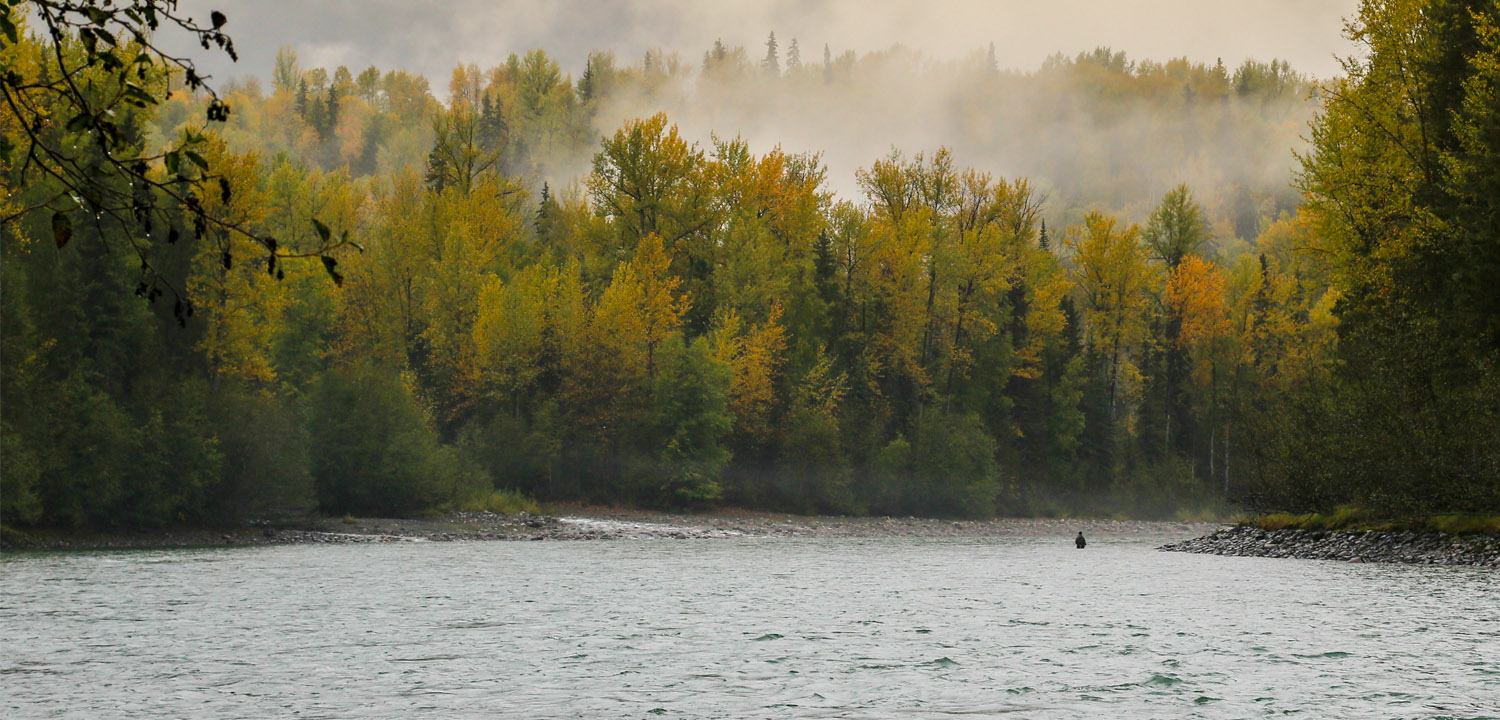Another First Nation challenges Pacific Northwest LNG’s federal approval, as reports surface that the developer is examining alternative plans.
Hereditary chiefs from the Gitxsan First Nation have filed another legal challenge to the federal approval of Petronas’ Pacific Northwest LNG’s liquefied natural gas facility at the mouth of the Skeena River, marking the fourth legal suit so far on the project.
The $11.4 billion facility, which would be built over the most important juvenile salmon habitat in the Skeena at Flora Bank, received its approval from the federal environmental assessment agency in September.
The upriver Gitxsan have challenged the approval, based on a lack of proper consultation in project development. Members of the First Nation said the project also infringes on its fishing rights, stating that it will be harmful to the Skeena River’s already fragile salmon stocks.
“The Canadian government’s decision to approve this project did not respect our fishing rights protected under the Canadian Constitution. We were not consulted,” Gitxsan hereditary chief Yvonne Lattie, of the Gwininitxw house group, told the press this month.
Gitanyow hereditary chiefs, also from the Gitxsan First Nation, and the Gitwilgyoots tribe of the Lax Kw’alaams First Nation have also challenged the project in court, along with our partners at SkeenaWild.
Under the design approved by Canada’s environmental assessment agency, the Pacific Northwest LNG cooling and export facility would be built next to and over a sandy eelgrass bed called Flora Bank, which hosts hundreds of millions of juvenile salmon every year on their way out to sea. Researchers have found that fish from at least 50 different salmon and steelhead runs congregate on Flora Bank each spring, representing watersheds throughout the Skeena system – including many in upriver Gitxsan territory.
Even though federal officials signed off on a project design that’s risky for Skeena salmon, developers are now reportedly considering alternative designs – clearly acknowledging and reconsidering the serious risks.
A Bloomberg report in late December cited unnamed sources within Pacific Northwest LNG confirming that the Petronas subsidiary is looking at eliminating a costly suspension bridge extending from the cooling facility on Lelu Island out over Flora Bank. The developers would instead move the ship-docking facility onto shore of nearby Ridley Island.
Our partners at SkeenaWild stated that such a move would alleviate some risks to salmon, but not all. More importantly there has been no move by the company to consult First Nations which have filed legal challenges based on poor consultation, nor has there been a formal announcement about a site change.
“The ideal situation is if they move from Lelu Island altogether,” SkeenaWild’s Greg Knox told Bloomberg, although the redesign “would significantly reduce concerns over the potential collapse of the Flora Bank.”
“It seems as though they’re leaving some key aboriginal groups out of these discussions again,” he said. “We will wait until we see Petronas come out publicly, or contact us personally, to assess how serious they are about altering their design or moving sites.”
Without a formal change of plans from the LNG facility developers, First Nations’ and conservationists’ legal challenges will continue, with court cases likely to begin later this year.
